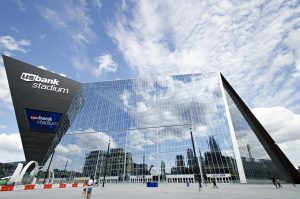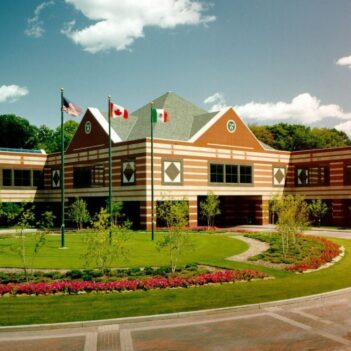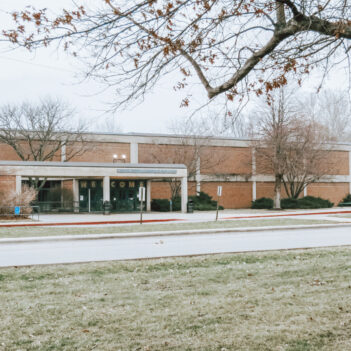News
Planning Ahead for High Demand
March 8, 2015
In the glass industry, business is booming. Projects requiring large quantities of glass are becoming more commonplace. A high demand—yet low glass supply—is leading to longer lead times and increasing prices, making Egan Company’s InterClad team rethink their processes and come up with creative solutions to ensure all customers’ projects are being completed in time.
There are two main glass suppliers within InterClad’s market area: Viracon and Old Castle Building Envelope (OBE). These suppliers obtain untreated, raw glass and treat the glass with sophisticated coatings and glass types that are required to meet thermal dynamics and energy codes.
“There has been tremendous growth in large-scale projects in this market,” said Tim Woolworth, InterClad Senior Vice President. “Many factories don’t have the capacity available to keep up with the demand. I don’t think the industry was prepared for as big of an upswing as we’ve seen in the past year.”
For InterClad’s two main suppliers, lead times used to range from two to six weeks. Now, lead times can range from 12 weeks to six months.
Many suppliers have a first-come, first-serve policy. This means if your project only requires 5,000 square feet of glass, you won’t get pushed to the side when a larger order is placed. Suppliers, like OBE are advising lead times on specific orders as an order is placed, while Viracon has a reservation program.
 As a result, InterClad is planning far in advance for many of their upcoming projects. For example, work is just beginning on the Minnesota Multi-Purpose Stadium (Vikings). InterClad is providing over 200,000 square feet of glass for this job that was ordered 24 weeks in advance from Viracon. Normally, this glass volume would have to be ordered six to eight weeks in advance.
As a result, InterClad is planning far in advance for many of their upcoming projects. For example, work is just beginning on the Minnesota Multi-Purpose Stadium (Vikings). InterClad is providing over 200,000 square feet of glass for this job that was ordered 24 weeks in advance from Viracon. Normally, this glass volume would have to be ordered six to eight weeks in advance.
“The suppliers just don’t have the capacity with equipment and availability of manpower to supply as much glass as the market needs right now,” Woolworth said. “Many recent projects tend to have a higher percentage of glass in the building plans, and a few major projects can take up capacity from a supplier.”
Despite this issue, we are still working under tight deadlines. The solution to working smoothly and efficiently within these tight deadlines is simple: flexibility and foresight. It’s important for general contractors to factor any potential shortages into schedules, and be flexible about changing the project timeline to accommodate any issues.
For example, work will soon begin on the Minnesota Capitol Office Building in St. Paul, Minn. Ideally, glass would be delivered and installed starting early April. However, due to long lead times and only a few spots open on Viracon’s reservation list, the earliest date InterClad can get the glass for the project is early June.
“It puts us more at risk as a company because if one thing goes wrong in the schedule, we get charged a fee and may not get the materials we need to complete the job on time,” Woolworth said. “Our expertise in pre-planning has greatly helped us in situations like this.”
InterClad closely evaluates the schedule and determines if they will be able to obtain the glass specified by an architect under the project timeline. If this is not possible, we work with the general contractor to use an alternative—but comparable—product or adjust the project schedule.
This supply and demand issue can be challenging and difficult; InterClad understands that it’s not something the glass suppliers can help.
“We’re sympathetic to their dilemma,” he said. “Just like Viracon and OBE, we always want to provide the highest quality product to our customers and eliminate any obstacles that we can.”



